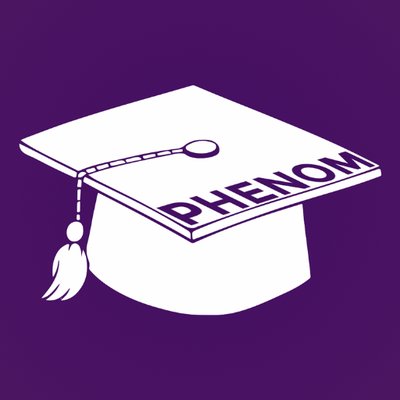Embracing a radical vision that includes free higher education as a goal, PHENOM set out to do the research, organizing, actions, and coalition-building required to win short-term victories and build a movement. A key component of the strategy was to unite students with union members, and the higher education segments (community colleges, state universities and UMass).
For years, PHENOM’s fight was lonely and uphill: support for higher education was nobody’s highest priority; the state’s budget was always weak or shrinking; the Legislature saw students and their families as an endless revenue stream; there was “no appetite” for higher taxes; the different segments and constituencies of the public higher education community worked in isolation from, and sometimes in opposition to, each other.
Suddenly, in 2013, as if out of nowhere, Governor Patrick has proposed a dramatic investment in higher education (as well as early childhood and K-12 education), to be paid for with a very large and very progressive tax increase. Many were taken by surprise, but we must understand what influenced his decision (the gradual easing of the recession, the changed discourse resulting from the Occupy movement, the publicity about the student debt crisis, the approaching end of the Governor’s term, and his desire to leave a legacy). Moreover, PHENOM’s strategy and activity were key.
PHENOM, from its earliest days, consistently mobilized a few hundred people each year to contact their legislators, rally at the State House, attend public hearings, and generally make a lot of noise about the crisis in public higher education. Impressively articulate students were always in leadership positions, and widespread fears that students and union members had conflicting interests were gradually overcome. PHENOM consistently argued that all the advocates should unite around a program and a common advocacy strategy. PHENOM’s mobilization and outreach efforts were complemented by specific attention-grabbing activities. These included, among others:
- A complaint filed with the Obama administration about Massachusetts’ shortchanging higher education of ARRA (stimulus) funds, which resulted in an additional $54 million (and more the following year) coming to higher ed.
- A 6-day Walk Across the State grabbed media attention and ended with a large and rowdy march to the State House.
- Dissemination of research papers on affordability, free community college, and most notably an economic analysis of how the state would benefit from a major investment in public higher education.
- Creation of a Public Higher Education Caucus of State Legislators that would educate and advocate inside the State House in concert with PHENOM’s efforts outside.
Activities like these caught the attention and respect of more established leaders in the public higher education community – in unions, among college presidents and student leaders, with figures in the state education bureaucracy, and others. These activities and modest successes gave PHENOM credibility and made it much harder to resist PHENOM’s calls for unity. PHENOM was the only group that could successfully convene all the advocates, and did so in the “Summit Group” which now meets monthly and includes representatives of most advocacy groups.
The first big success of this coalition was the 2011 effort to earmark a portion of projected casino revenue for higher education. Initially dismissed as pie in the sky, the coalition did its work and succeeded to the tune of an estimated $20 million per year.
The next success, in 2012, was a unified Day of Advocacy at the State House that drew more than 500 people from almost every public campus. With students advocating for funding of union contracts, and faculty and staff arguing for increased financial aid, it was the largest such effort in many years, and the largest crowd at the State House since the tumultuous gay marriage debate. As part of the lead-up to the Advocacy Day, the Summit Group, under PHENOM’s; leadership, produced the “Top 10 Reasons to Invest in Public Higher Education.” A compelling document, it was distributed by the Caucus to all Legislators. With such widespread buy-in, it helped cement bonds among the different advocates and, again, impressed people with PHENOM’s skills and tactical abilities.
In PHENOM’s early efforts, its response to “where will the money come from?” was to say, “that’s the Legislature’s job to figure out.” That didn’t work, and gradually, but decisively, PHENOM took on the question of revenues, and began arguing for a progressive tax increase as an essential part of its program. Whenever PHENOM discussed funding, tax policy was part of the conversation.
By the fall of 2012 it was clear that the climate, both on Beacon Hill and among the public at large, was shifting. Student costs and higher education quality were serious concerns of editorials and legislative discussion; and even increasing revenues was no longer a taboo topic. Seeing the opportunity, the Summit Group convened a large meeting of advocates, agreed on a statement of needs, and undertook a concerted series of meetings with legislative and administration officials. A common message, a unified coalition, and a history of being able to mobilize people made a difference.
